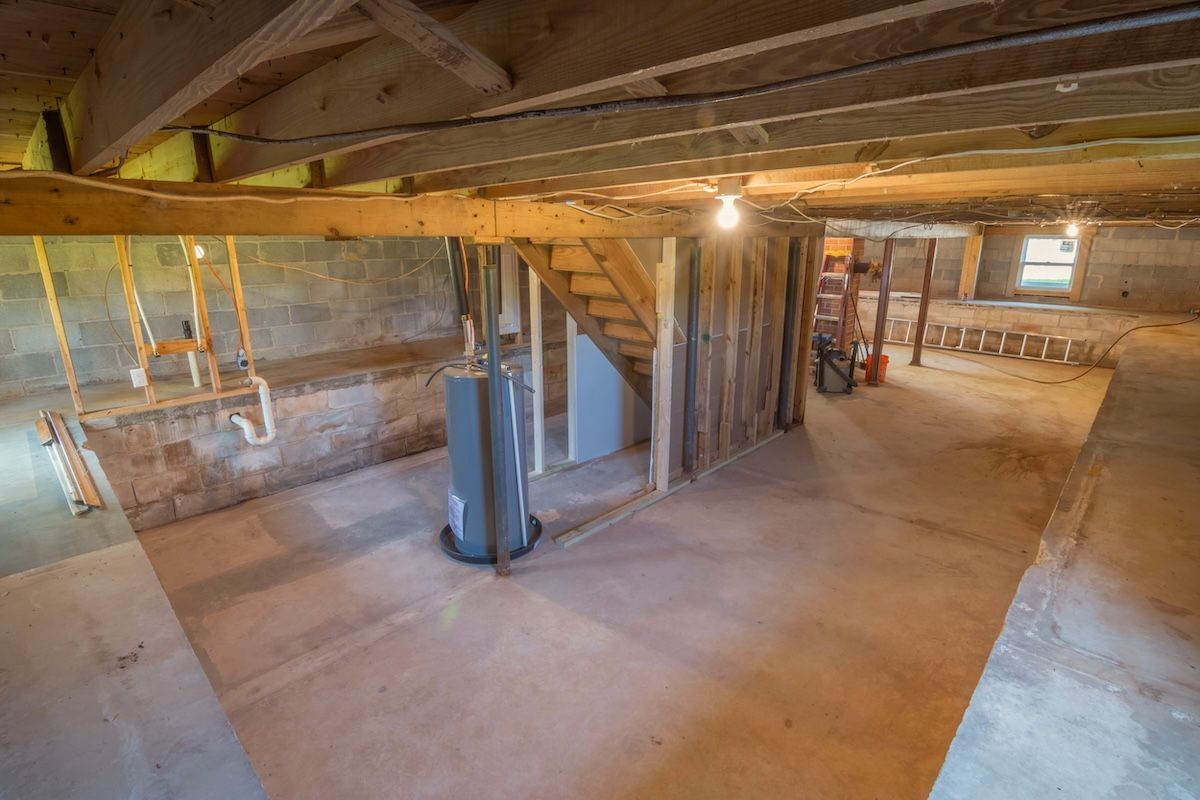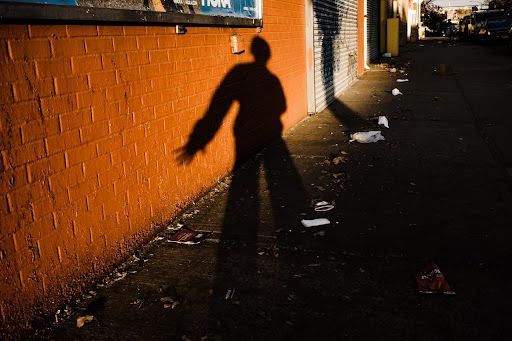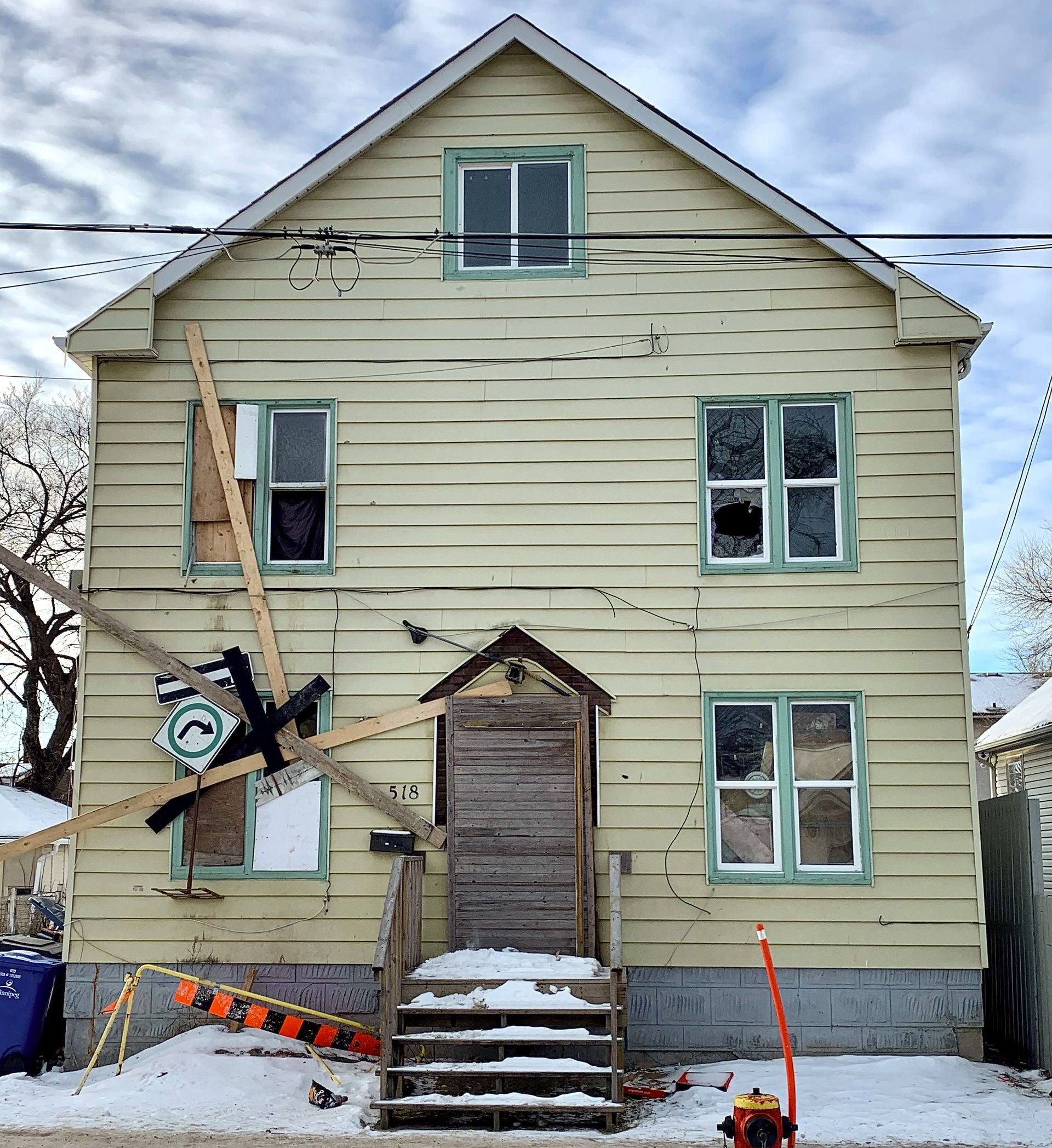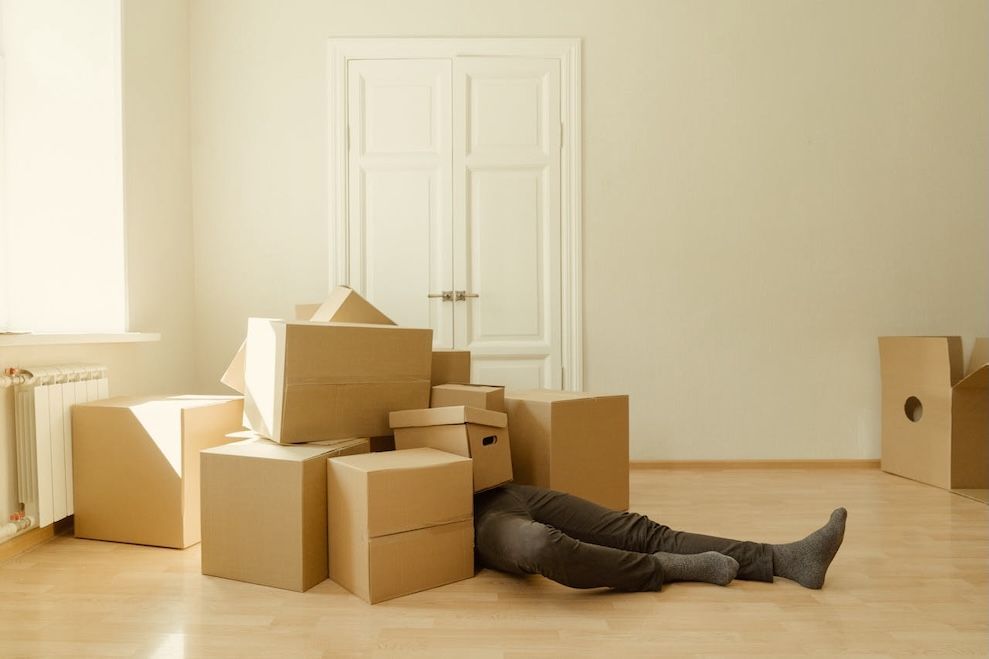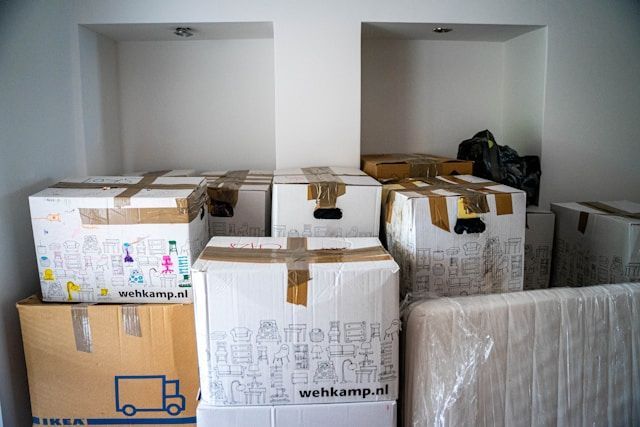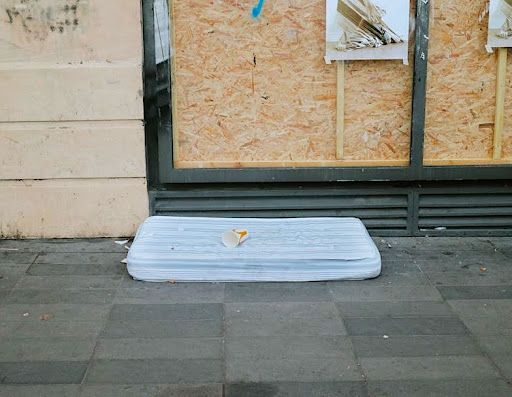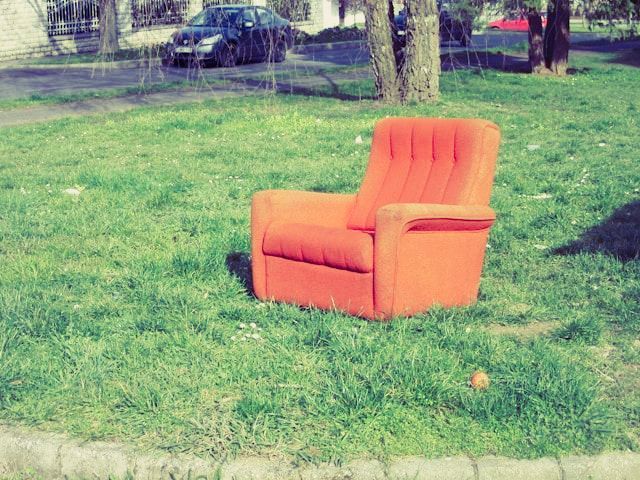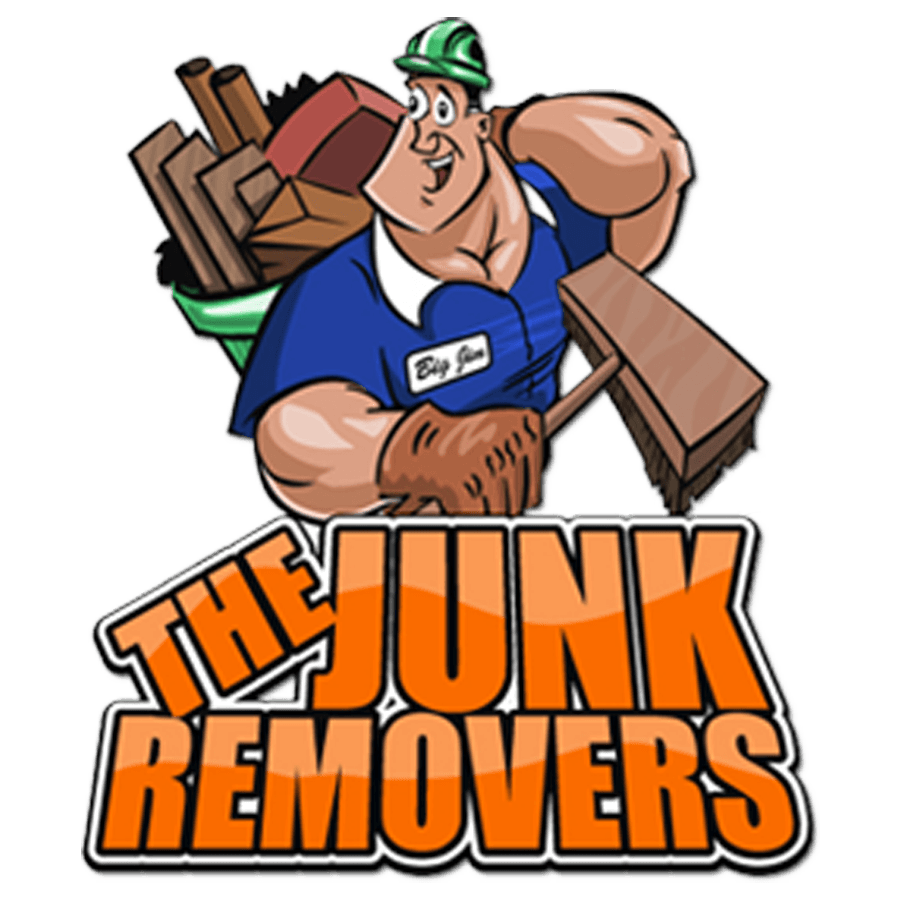
Estate cleanouts are a necessary part of life transitions, but those unfamiliar with the process can feel overwhelmed. Whether it’s following the passing of a loved one, downsizing to a smaller home, or clearing out a property after foreclosure, estate cleanouts require care, organization, and professionalism. Here’s a step-by-step guide to help you understand how they work and what to expect.
Why Do Estate Cleanouts Happen?
Major life events typically prompt estate cleanouts. These might include, but aren’t limited to:
The passing of a loved one: Clearing out a home after a loss is deeply personal and often emotional. Families may need to process belongings while managing legal responsibilities.
Downsizing: Moving to a smaller home often means parting with furniture, keepsakes, and other possessions that no longer fit the new space.
Foreclosure or eviction: In these situations, the property must be emptied quickly to prepare for resale or turnover.
Relocation to assisted living: A move to senior housing often requires clearing out decades’ worth of possessions.
Each circumstance has its own challenges, but estate cleanout services are designed to ease the burden while respecting the sensitivity of the situation.
Sorting Through Valuables and Sentimental Items
Before the cleanout begins, the family or property owners typically sort through the belongings. This step involves identifying items of value—whether financial or sentimental. Heirlooms, personal keepsakes, important documents, and family mementos are usually set aside during this phase. Allow plenty of time for this process.
Assessment by the Junk Removal Team
Once the family has finished their initial sorting, the estate cleanout team steps in. The first task is an on-site assessment to understand the scope of the job. The team will assess the size of the property, the volume of items to be removed, and any logistical challenges, such as limited access to certain rooms or floors. They’ll also determine which items can be donated, recycled, or safely disposed of. This assessment helps create a clear plan for the cleanout.
Sorting and Categorizing Belongings
With a plan in place, the cleanout team begins sorting the remaining items. This step involves careful categorization:
- Donation: Usable items, such as furniture, clothing, and kitchenware, are set aside for donation to local charities or nonprofit organizations.
- Recycling: Materials like paper, metal, electronics, and plastics are identified for recycling to minimize landfill waste.
- Disposal: Items that can’t be salvaged or repurposed are marked for proper disposal.
Professional estate cleanout services handle belongings with care and respect during this phase.
The Removal of Unwanted Items
Once the sorting is complete, the team begins physically removing unwanted items from the property. This includes:
- Loading furniture, appliances, and other bulky items
- Safely handling hazardous materials or specialty items (e.g., mattresses or electronics)
- Cleaning out every room, from the attic to the basement
Depending on the size and complexity of the job, junk removal teams can clear out an entire estate in a matter of days.
What Happens During Estate Cleanouts?
After the removal is complete, the property is left empty and ready for its next phase—whether that’s a sale, rental, or renovation.
The Junk Removers estate teams are sensitive to the fact that the job is more than just removing clutter—which is why each job is handled with the utmost care and respect.
Contact us today to learn more about what happens during estate cleanouts or to book your service.

